Trying to understand chess tactics is like looking at an optical illusion. What may seem impossible to picture today will be impossible to miss tomorrow. With the right training, certain complex tactics will become visually apparent. But before that happens, we all have to start somewhere. Let’s start by working to train your brain with some basic, beginner chess tactics, so you can have a clear goal in mind next time you hit the board.
Chess Tactic 1: The Fork
The first beginner chess tactic is the Fork. You probably already practice this without knowing, however bringing it to active attention while playing can help any beginner chess player.
A fork is when a single friendly piece threatens two of the opponent’s pieces. Like a rook lined up with a knight and a bishop. Your opponent has to decide which one to sacrifice. Look for your opponents unprotected pieces for potential openings to set up your double attack. But don’t forget, your opponent is probably doing the same, so keep your pieces supporting each other.
Chess Tactic 2: Overloading
While you’re scanning your opponent’s pieces for unprotected wanderers, you might notice that a single one of your opponent’s pieces are actually defending many of his pieces. A piece like this that is involved in multiple defensive functions is called overloaded. Identifying overloaded pieces is a huge beginner chess tactic because you can take advantage of these pieces easily. Overloaded pieces offer you a reliable way to read your opponent’s next moves. Challenge the overloaded piece, make it execute one of it’s defensive duties, and be ready when it does.
Chess Tactic 3: The Skewer
A great beginner chess tactic to learn, especially late game, is the skewer. If you’ve ever been in a position where you are in check, and moving your king out of the way means another one of your pieces will be right in the line of fire, you’ve been skewered!
Remember – your opponent is most predictable when they are in check. You can force movement, which is a superpower in chess. Use this forced movement to land unexpected attacks and catch your opponent off guard.
Ready to Try These Tactics Out?
Use these beginner chess tactics in your next game, and let us know how they work! Or join us and have a blast in our chess lessons, we’ll give you time to work through all of these tactics, and our expert coaches will make these second nature.


